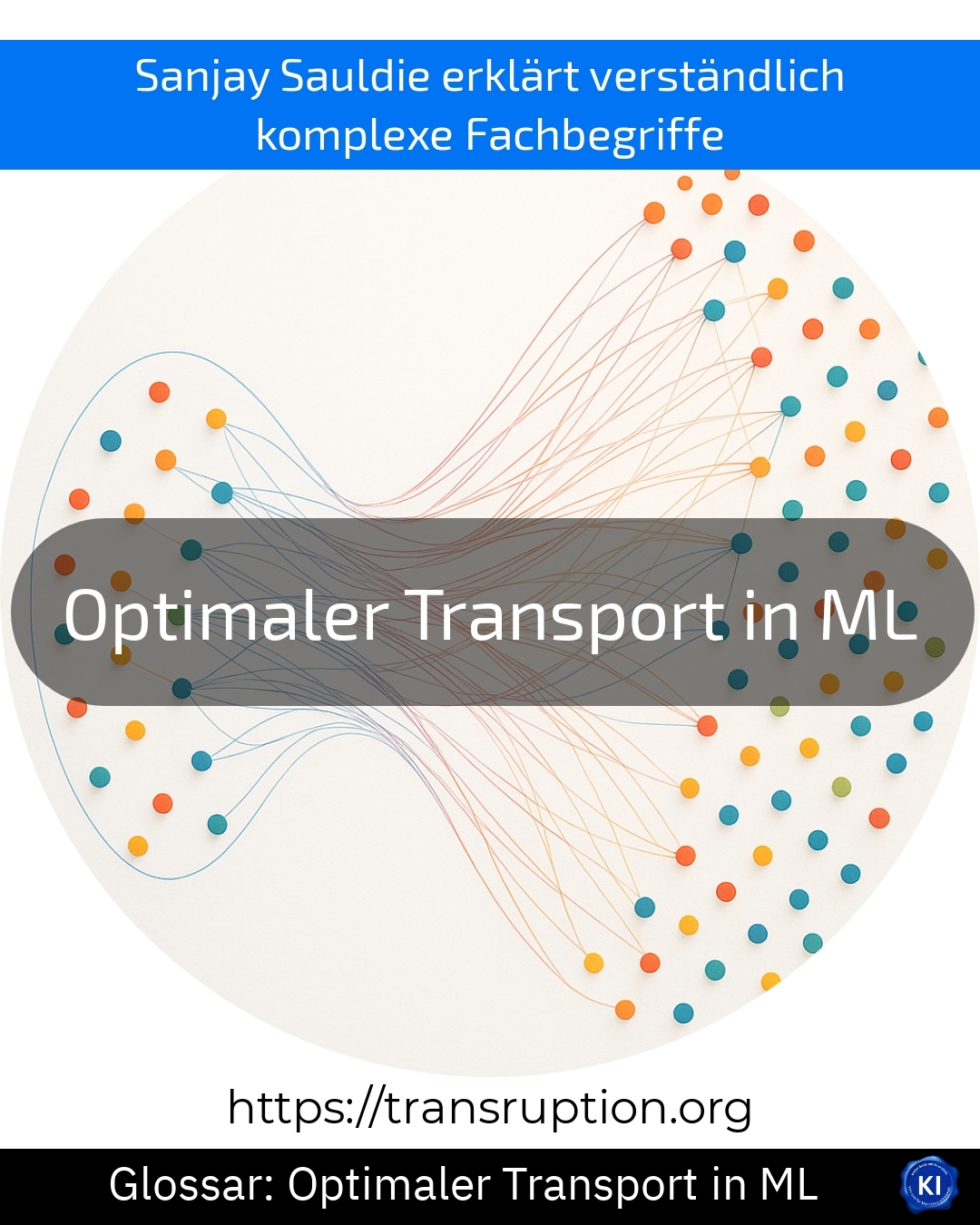The term "optimal transport in ML" is primarily used in the fields of artificial intelligence, big data and smart data, as well as industry and Factory 4.0. In the world of machine learning (ML), optimal transport describes a method of transferring data from one form to another in order to recognise patterns more efficiently or improve processes.
Imagine you run a factory and have many different delivery routes for your products. Optimal transport in ML helps to find the best routes so that raw materials arrive quickly and cheaply. In the digital realm, this means that algorithms calculate the "transport routes" between different data sets in order to recognise the similarities or differences.
A practical example: A company wants to better differentiate between images of defective and flawless products. Optimal Transport in ML compares the distribution of the image data and helps the algorithm to learn more quickly which images show defects and which do not. This makes production more efficient and reduces the error rate.
Optimised transport in ML therefore ensures that data is used cleverly and in a resource-saving manner - an important step towards greater efficiency and better results.















